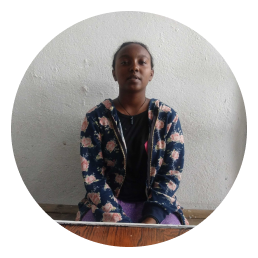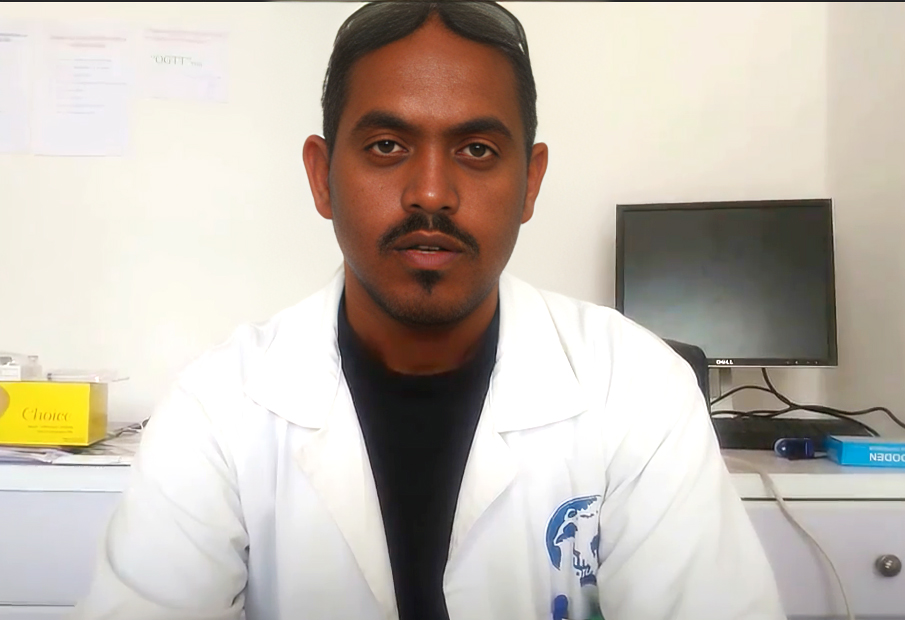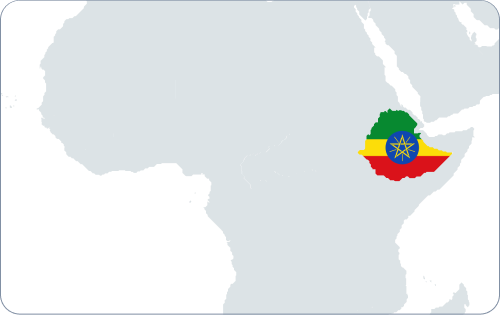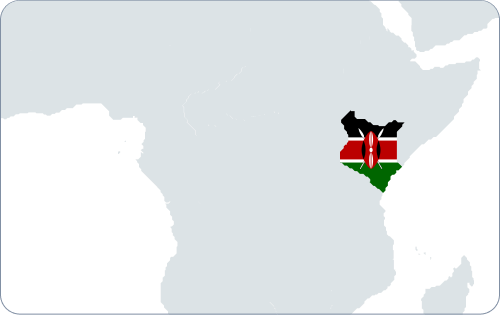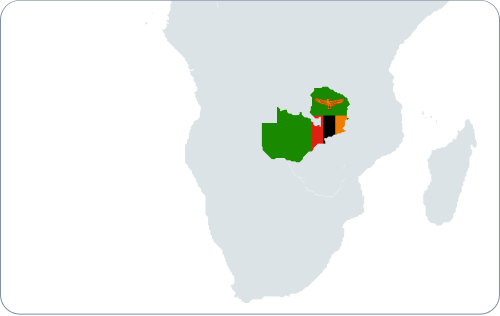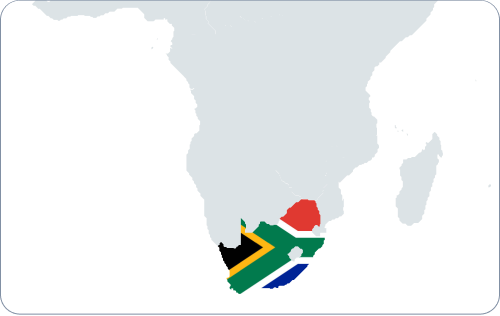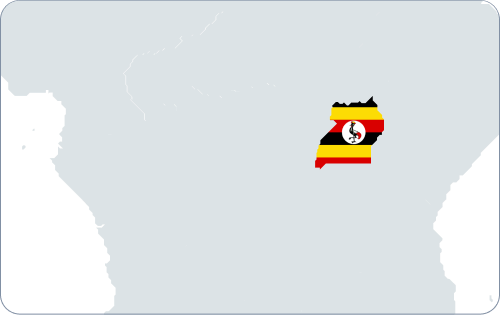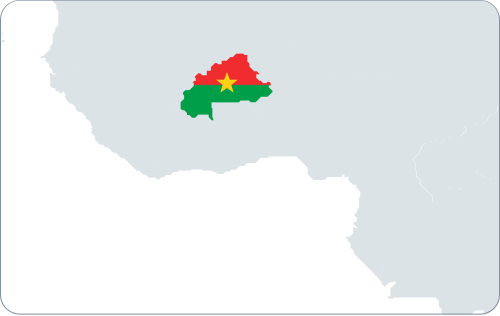
The need
Ethiopia has made substantial economic progress in recent decades, driven by agricultural transformation and public investments, contributing significantly toward the Sustainable Development Goals (SDGs). However, despite being East Africa’s largest economy, with a GDP of USD 111.3 billion in 2021, it remains one of the poorest countries, with a per capita gross national income of $1,020. The country has the second-largest youth population in Africa, with 37.4 million individuals aged 10–24.
Over the past two decades, Ethiopia has implemented various initiatives to improve adolescent and youth health, focusing on sexual and reproductive health and rights (SRHR). Despite these efforts, poor SRHR remains a major challenge, with high levels of unmet need and barriers to accessing services. As a result, adolescents face significant health burdens, including unintended pregnancies, HIV, mental health issues, and unsafe abortions, with many not receiving adequate health screenings, such as HIV testing.
In Ethiopia, 40% of girls are married by the age of 18.

The Tiko ecosystem in Ethiopia
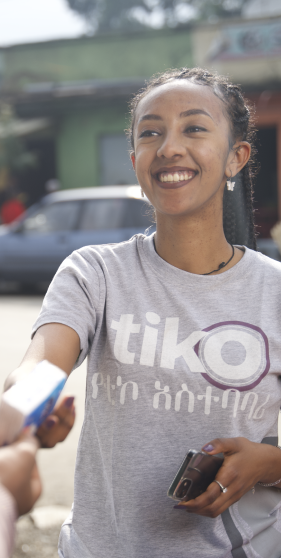
824
Mobilisers
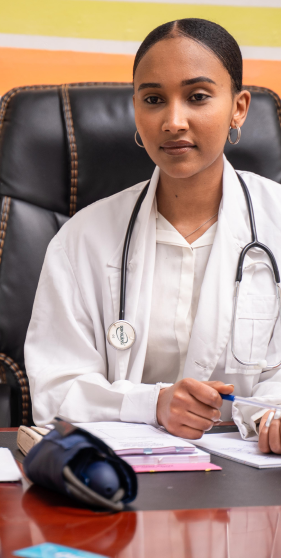
156
Health Service
Providers
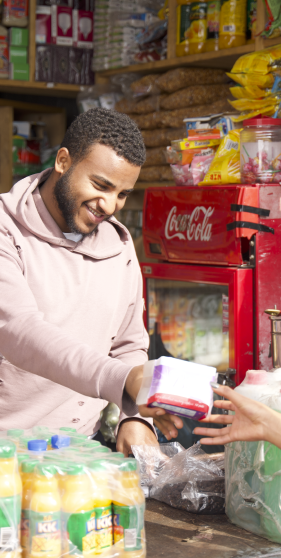
264
Local Retailers
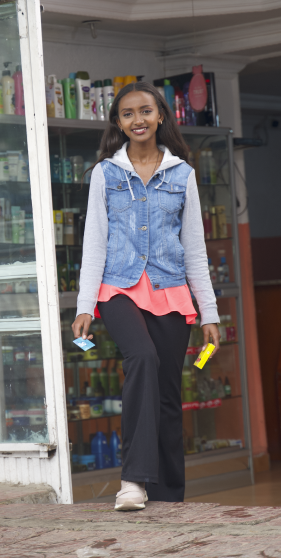
235,635
Clients





